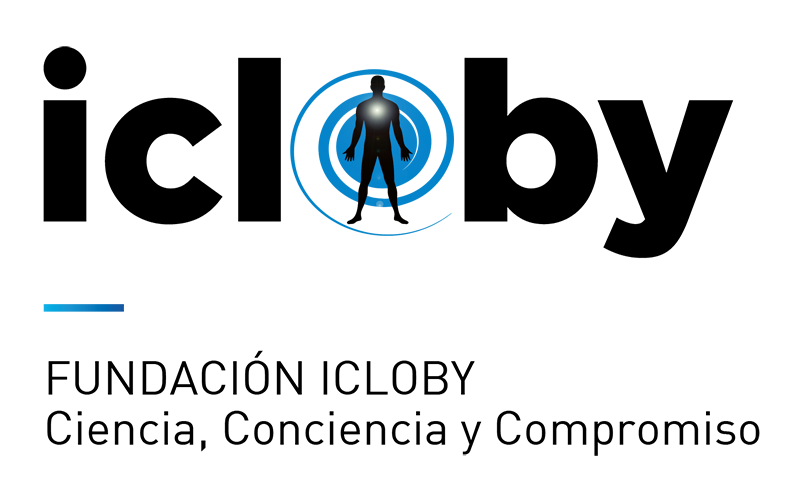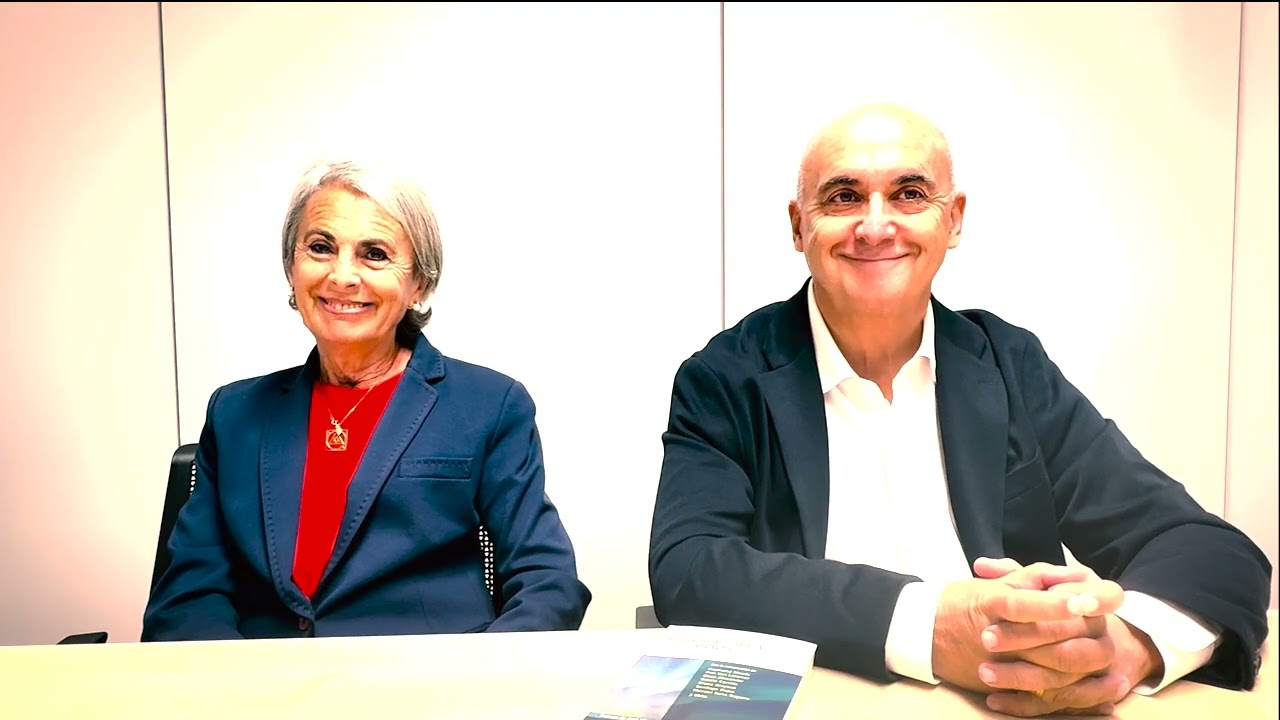摘要 危重患者临终脑电图浪涌的特征*. 德查拉等人. 2017.
* 危重患者临终时脑电图超负荷的特征.
团队由 拉赫米尔 Chawla 检测到 2009 寿命终止电涌 (他们) 在 7 患者之间 3 – 5 心肺骤停后几分钟. 八年后,他们成功复制了部分结果: 13 出于 18 患者患有 ELES. 这 2009 论文提出这些 ELES 作为濒死体验的可能神经生理学原因 (濒死体验).
Chawla 指出 Auyong 的研究 (2010), 前进 (2013) 和范莱恩 (2011) 证实他的结果. 然而, 第一项研究中不包括心脏骤停的时间, 在第二项研究中,脑电图活动发生在小鼠体内 30 心肺骤停后几秒, 正如逮捕后所预料的那样, 和博士. 博尔济金本人抱怨说,博士获得的结果. 乔拉和博士. 范赖恩 (2011) 不包括心脏骤停的时间. Borjigin 本人抱怨 Chawla 获得的结果与她的团队收集的结果不同,并且, 在第三个, 排除此类体验, 作者在斩首啮齿动物中发现, 鉴于这种现象在麻醉和未麻醉的小鼠中都会发生,因此很难与任何类型的意识联系起来.
诺顿的结果 (2017), 睡眠 (2021), 里根 (2018), 德弗里斯 (1998), 总共有 197 Pana 的案例和荟萃分析 (2016) 和 7 人类和 10 动物研究并未验证 Chawla 的结果,并发现心肺骤停后大脑活动普遍减少或消失.
如果我们在这些结果中添加一些 SCD 发生在 3 由于其在医院内发生和适当的复苏方案而被捕的分钟数, ELES 不太可能是 SCD 的原因.
实际上, ELES 似乎是严重受损大脑中神经元去极化的结果.





